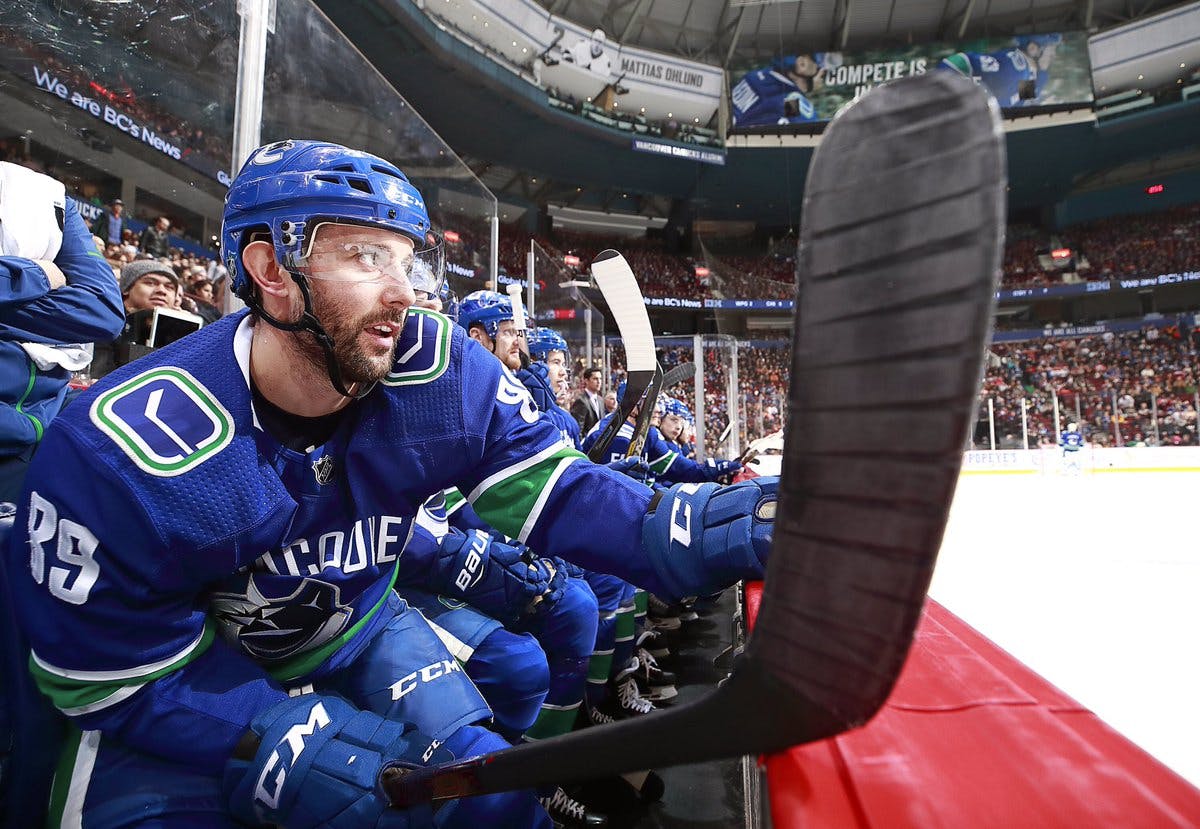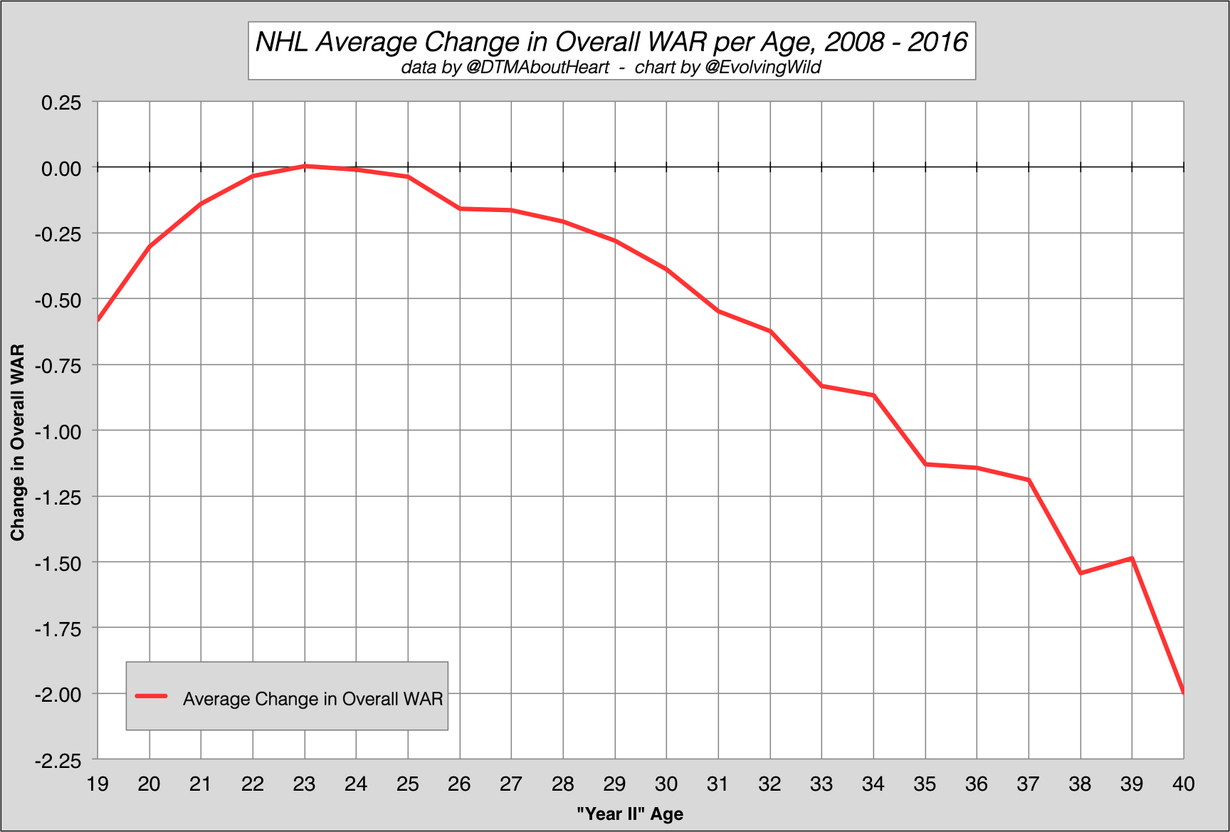The Canucks Can’t Afford To Keep Making Mistakes Like the Gagner Contract

5 years ago
Just 15 months ago, Sam Gagner was the Canucks big free agent addition.
It feels like it’s been a lifetime.
The decision is, in some ways, an indication the front office is willing to move on from its mistakes. Whether it’s due to Gagner’s own deficiencies or the team’s unwillingness to put him in a position to succeed, it was clear from the beginning he was a poor fit.
Unfortunately, the team also should have seen this coming, and the decision to cut bait with Gagner is also an indication of just how far the Canucks’ pro scouting department has to come if they want to be competitive in the near future.
Throwing away money in free agency is something smart teams have learned not to do. Teams can get away with the occasional big play for a truly elite player like John Tavares or Marian Hossa, or they can try to improve along the margins by signing undervalued depth players. Either way, for a team to have sustained success, they have to be smart in free agency – even if that means doing nothing at all.
Let’s use the most recent Stanley Cup champions as an example. Out of the 26 players who appeared on the roster for the Washington Capitals during the Cup Final, 6 were acquired through free agency (Matt Niskanen, Brett Connolly, Devante Smith-Pelly, Brooks Orpik, Alex Chiasson, and Jay Beagle), for a combined annual average value of $16.46 million. Contrast that with the Canucks, who will also have six players on their roster this season, but are paying them a combined $23.875 million per year.
There are two obvious reasons why free agency is the worst of the three ways NHL teams acquire new players. First, players that are not under team control have more leverage in contract negotiations, which leads teams to give up more money and term than they would to players within their organization. More importantly, free agents are on average much older than players acquired through the draft or via trade. The vast majority of the players available to a team through free agency are in their late twenties or older. Given what we know about aging curves, this makes them less valuable . According to research conducted by EvolvingWild of Hockey-Graphs, players decline rapidly after age thirty:

It’s a big part of the reason teams are usually advised to avoid long-term deals for older players: the first few years of that contract may not look so bad, but by the end of the deal your asset had depreciated dramatically, and that’s assuming age hasn’t caught up to them to the point that they have to stop playing entirely. That’s why, if teams do decide to wade into the waters of free agency, they should only swing for the fences when their window is open. A team looking to win a Stanley Cup in year one or two of a newly-inked deal can usually live with the drop-off in years three, four, five, etc. That’s why outside of the rare case of John Tavares-calibre free agent, these players are usually acquired to be complimentary players. Surround the strong young core you’ve built through the draft with good signings and you get an up-and-coming contender like the Winnipeg Jets; surround it with over-the-hill free agent signings and you get a perpetual disappointment like the Edmonton Oilers.
So why have the Canucks, a team miles away from contention, consistently been big spenders on July 1? Why is a team projected to finish in the bottom five going to spend more money on players acquired through free agency this season than last year’s Stanley Cup Winners?
The team is quickly running out of excuses for wasting vast sums of money every year in early July. At first, the market was told it needed to patient due to the dearth of young talent in the system. To their credit, the team has graduated multiple young players to the NHL, but the on-ice product has only gotten worse over time. Then some argued the signings were necessary to insulate the kids, but by and large the kids have been the only reason to tune in in recent memory. Finally, we heard for four years that the Canucks couldn’t undergo a proper rebuild until Henrik and Daniel Sedin had retired. So the organization did what any team that had finally accepted a rebuild would do: they went out on July 1 this year and signed three bottom-six players to significant money and term.
At some point, one has to consider the possibility that the team has not been handcuffed into making poor decisions. They’ve gone into those decisions ready, willing, and able to improve the team. It just hasn’t worked. The future looks bright, but the pro scouting department looks every bit as dysfunctional as the amateur department was when they took over. The Canucks have been the league’s worst team over the past three years, and done so largely due to the play of veterans acquired in free agency or via trade. What have they done to indicate they can flip the switch and make shrewd moves once they’re supposed to be competitive again?
If this recent turn in Sam Gagner’s career is any indication of how much the Canucks will over-commit to player who doesn’t fit in to the long-term picture, this could be a preview of what’s to come for some of the teams other recent signings. Sure, it’s great that they can move on from their mistakes, but how long will it be before the team is paying millions of dollars against the cap to loan Loui Eriksson or Jay Beagle or a to-be-determined 2019 free agent to another organization?
The team currently has nine million dollars in cap space, but they’ll find it can dwindle away rather quickly when you have to extend young, dynamic players like Brock Boeser. Carrying around millions of dollars in dead salary makes those deals harder to ink, and leaves less money left over to sign players who can actually help this team in the future. Unfortunately, expressing contrition in this instance isn’t enough to undo a pattern of poor decision making in free agency that started with Loui Eriksson and continued with the signings this offseason.
Whether any of these deals actually harm the Canucks in the long-term remains to be seen, but the team has shown a stunning inability to target useful players in free agency or to simply put down their phones when things get out of hand. There’s no reason to think that behaviour will stop when the team is good again and they can no longer afford to make these kinds of mistakes.





